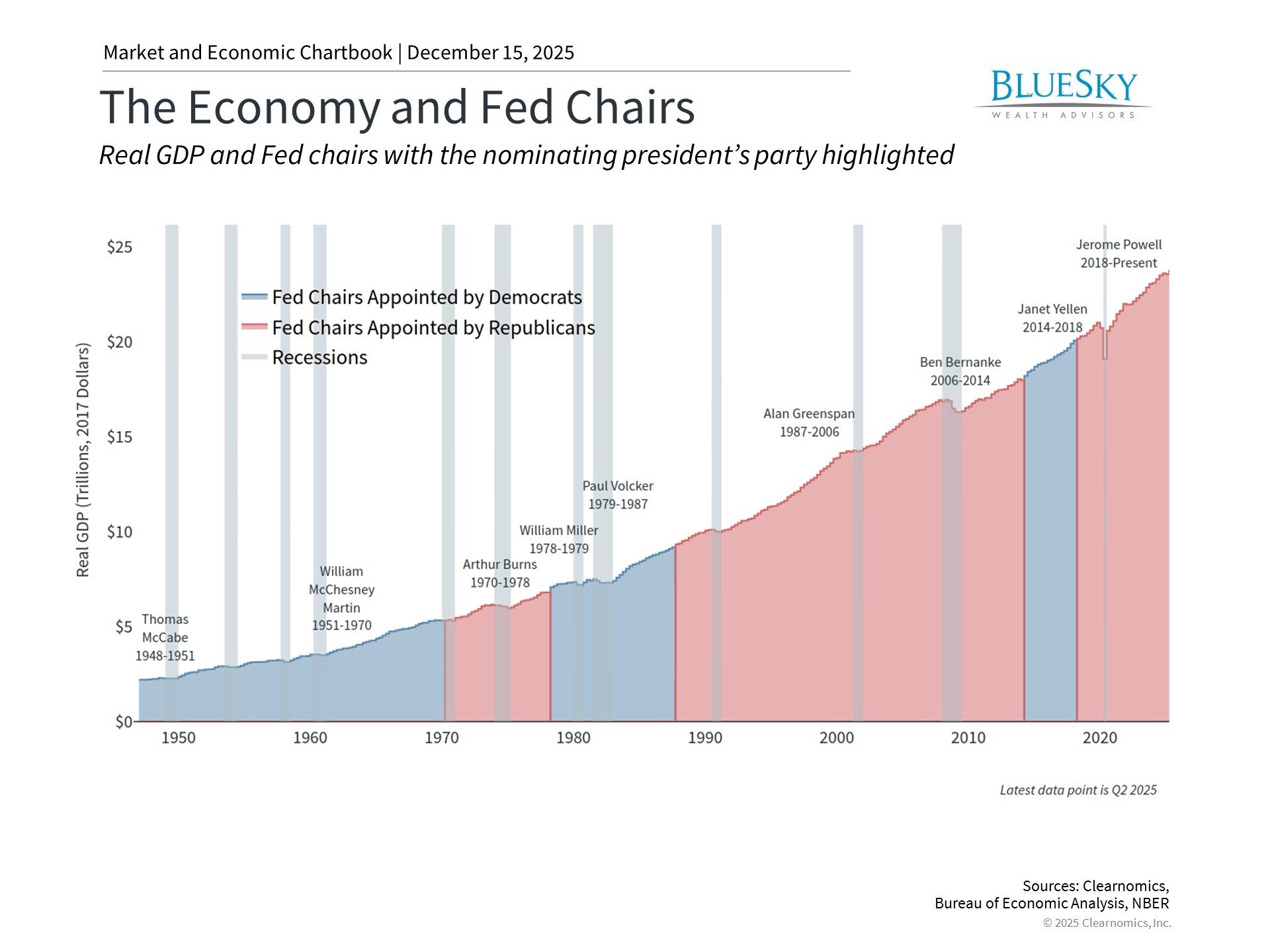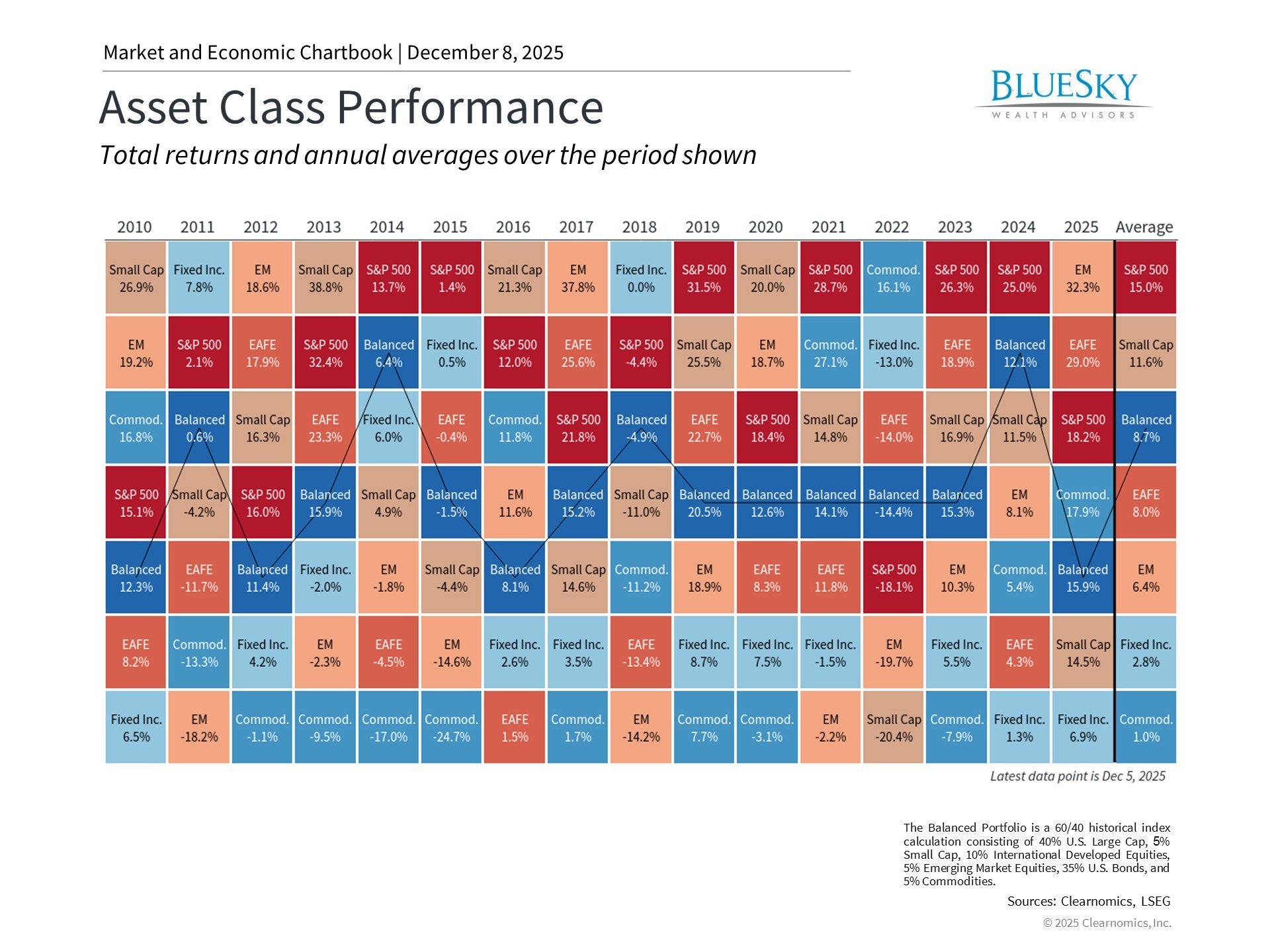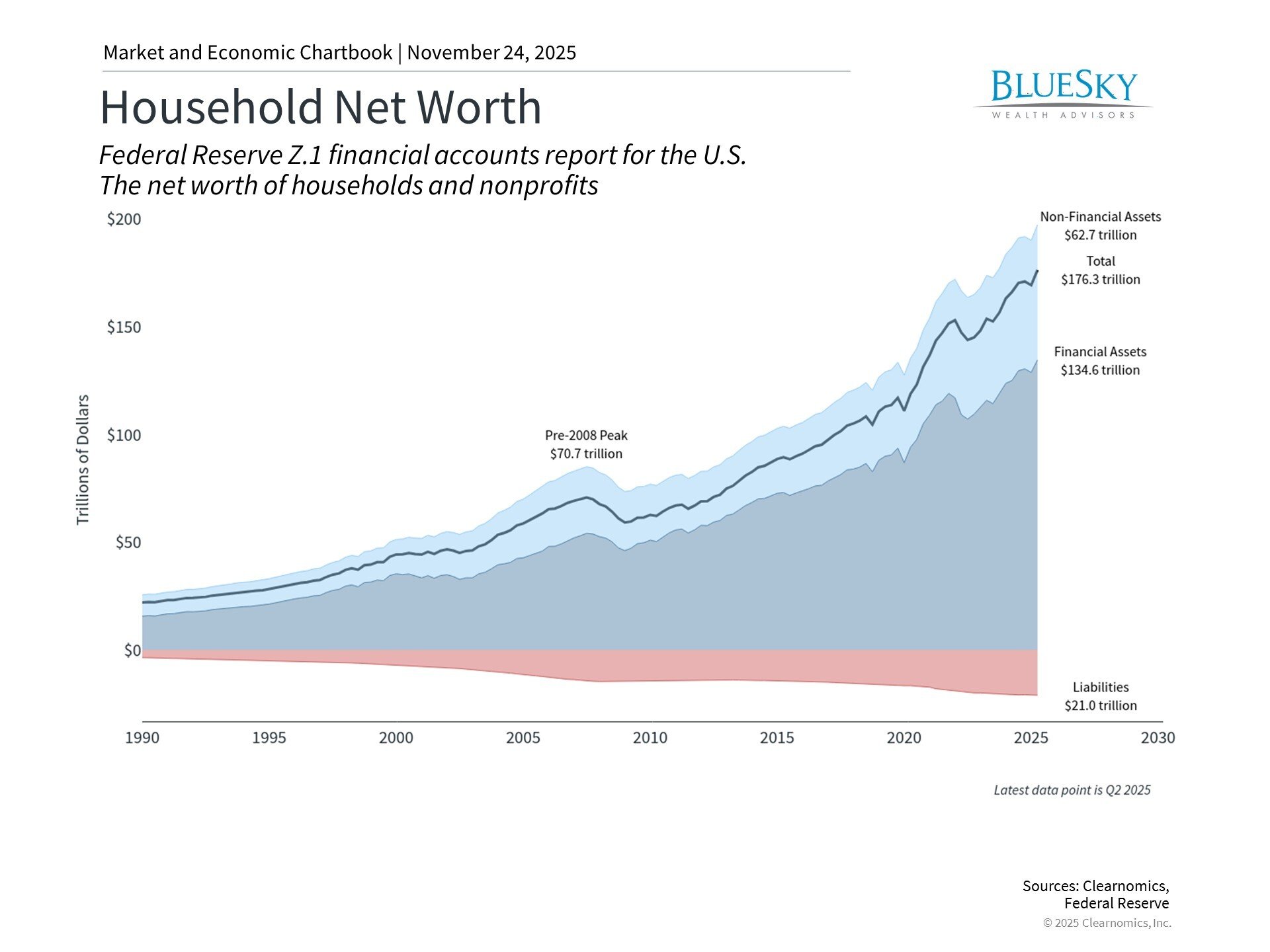
5 Essential Tax Reduction Strategies for Retirees in 2024
5 Essential Tax Reduction Strategies for Retirees in 2024

Tax Reduction Strategies for Retirees: If you’re nearing retirement or already there, understanding how to manage your taxes effectively is crucial. Here’s a quick guide to get you started:
1. Optimize withdrawals from retirement accounts
2. Invest in tax-efficient assets like municipal bonds
3. Make use of tax credits and deductions
4. Consider Roth conversions for tax-free retirement income
5. Relocate to tax-friendly states if it benefits your financial situation
Retirement is not just a phase of life; it’s a financial strategy that needs careful planning, especially when it comes to taxes which can eat into your hard-earned savings. Taxes in retirement are unavoidable, but with smart planning, you can minimize their impact. This introduction to tax-efficient strategies is designed to help you understand the necessary steps to secure your financial security without giving up more of your nest egg than necessary to the IRS.
Starting with understanding the different types of retirement accounts and their tax implications, to strategic withdrawals that keep you in a lower tax bracket, the aim is to cover various facets of tax planning. The steps you take today can significantly enhance your financial health, allowing you to enjoy your retirement years with peace and prosperity.

Understanding Different Retirement Accounts
When planning for retirement, one of the key decisions involves choosing between different types of retirement accounts. Each account type comes with its own tax implications which can significantly impact your financial health in retirement. Let’s explore the major types of retirement accounts and their respective tax characteristics.
Traditional vs. Roth Accounts
Traditional Accounts (401(k), IRA):
– Pre-tax Contributions: Contributions are made with pre-tax dollars, which means they reduce your taxable income for the year they are made.
– Tax-Deferred Growth: The investments in these accounts grow tax-deferred, meaning you don’t pay taxes on the gains until you withdraw the money.
– Taxation Upon Withdrawal: Withdrawals are taxed as ordinary income at your current tax rate during retirement.
Roth Accounts (Roth IRA, Roth 401(k)):
– After-Tax Contributions: Contributions are made with after-tax dollars, meaning they do not reduce your taxable income in the year of contribution.
– Tax-Free Growth: Investments grow tax-free, and no taxes are paid on the gains if specific conditions are met.
– Tax-Free Withdrawals: Withdrawals are tax-free in retirement, providing a significant advantage if you expect to be in a higher tax bracket or if tax rates increase.
Impact of Account Types on Taxation
Deferred Taxes:
Traditional retirement accounts like the 401(k) and traditional IRA allow for tax-deferred growth. While this can be beneficial during your working years, it’s crucial to consider that you will eventually pay taxes on these funds when you start taking distributions, typically during retirement. This deferred tax liability is an essential factor in retirement planning.
Immediate Taxation:
Roth accounts, by contrast, provide immediate taxation on contributions but offer tax-free growth and withdrawals. This can be particularly advantageous for those who anticipate higher tax rates in the future, either due to personal income changes or broader tax rate increases.
Understanding these differences is crucial in making informed decisions about where to place your retirement savings. By considering the tax implications of each account type, you can strategically plan to minimize taxes and maximize your retirement income. This approach ensures that you are better prepared financially for your retirement years, allowing you to enjoy this phase of life with fewer financial worries.
Next, we will delve into strategic withdrawals and how they can be optimized to maintain lower tax brackets during retirement, further enhancing your financial stability.
Strategic Withdrawals to Optimize Tax Brackets
Required Minimum Distributions (RMDs)
When you reach a certain age, the government requires you to start withdrawing from your retirement accounts like 401(k)s and traditional IRAs. This is known as Required Minimum Distributions or RMDs. Under the SECURE Act 2.0, the age for RMDs has been updated. If you turned 72 before 2023, the old rules apply. However, for those turning 73 in 2023 or later, the new rules set the age at 73. Starting in 2033, it will increase to 75.
Why does this matter? If you miss these withdrawals, you face a hefty penalty—25% on the missed amount, plus the regular income tax on it. Timely withdrawals are crucial to avoid these penalties and manage your tax liabilities effectively.
Managing Tax Brackets
Understanding and managing your tax bracket in retirement can lead to significant tax savings. As you withdraw from your retirement accounts, this income can push you into higher tax brackets. Here’s how you can manage this:
- Withdrawal Timing: Consider the timing of your withdrawals. If you’re on the edge of a tax bracket, it might make sense to withdraw less in a year where other income sources (like part-time work or selling assets) push you higher.
- Income Thresholds and Bracket Boundaries: Know the boundaries of your tax brackets. For 2023, for example, if you are filing as a single, the 22% tax bracket starts at $41,776 of taxable income. Keeping your income below the next bracket’s threshold can save you from higher taxes.
- Strategic Withdrawals: Start withdrawals before you hit RMD age, especially in years when your income is lower. This can spread out your tax liability and keep you in a lower bracket over more years.
By planning your withdrawals carefully, you can manage your taxable income levels effectively, staying within a lower tax bracket and reducing your overall tax burden. This strategic approach not only helps in managing taxes but also ensures that your retirement funds last longer, securing your financial stability in the golden years.
Next, we will explore specific tax reduction strategies for retirees, including Roth conversions and the benefits of leveraging tax credits and deductions. These strategies are pivotal in maximizing your income and minimizing tax liabilities during retirement.
Tax Reduction Strategies for Retirees
Utilizing Roth Conversions
One effective strategy to consider is Roth conversions. This involves transferring funds from a traditional IRA or 401(k) to a Roth IRA. The advantage? While you’ll pay taxes on the converted amount at your current income tax rate, all future withdrawals from the Roth IRA are tax-free, provided specific conditions are met. This can be particularly advantageous if you expect to be in a higher tax bracket in retirement or if tax rates increase.
However, it’s crucial to manage the timing of these conversions. As financial experts suggest, spreading out the conversions over several years can prevent pushing yourself into a higher tax bracket in any single year. For instance, if you’re nearing retirement and anticipate a drop in income, initiating a Roth conversion during these lower-income years could minimize the tax impact.
Leveraging Tax Credits and Deductions
Maximizing tax credits and deductions is another vital strategy to reduce taxable income. Here are key areas where retirees can benefit:
Standard Deductions: For the 2023 tax year, the standard deduction is $13,850 for singles and $27,700 for married couples filing jointly. This deduction reduces your taxable income, directly lowering your tax liability.
Charitable Contributions: If you itemize your deductions, charitable contributions can be a significant tax deduction. For those who are 70.5 years or older, making direct transfers from an IRA to a charity—a move known as a Qualified Charitable Distribution (QCD)—counts towards your RMD and does not trigger taxable income, thus potentially keeping you in a lower tax bracket.
Medical Expenses: Retirees often face high medical costs, which can also provide tax relief. You can deduct unreimbursed medical expenses that exceed 7.5% of your adjusted gross income. This includes everything from hospital stays and doctor visits to health insurance premiums, particularly if you’re self-employed.
By understanding and applying these tax reduction strategies for retirees, you can significantly lower your tax bills and enhance your financial health in retirement. Each strategy requires careful consideration—ideally with the guidance of a professional—to tailor these approaches to your specific financial situation.
We’ll delve into the benefits of investing in tax-efficient assets, which can further optimize your tax situation and enhance your retirement readiness.
Investing in Tax-Efficient Assets
Investing wisely is crucial for maximizing your retirement savings and minimizing your tax liability. Let’s explore some strategic assets that can be beneficial for retirees looking to optimize their tax situation.
Benefits of Municipal Bonds
Municipal bonds, or “munis,” are issued by local or state governments to fund public projects like roads, schools, and infrastructure. One of the chief advantages of investing in municipal bonds is the federal tax exemption on the interest income you earn. This means that the money you make from these bonds is not taxed at the federal level, which can lead to significant savings, especially if you are in a higher tax bracket.
However, it’s important to understand the state tax considerations. If you live in the state where the bond was issued, you might also enjoy exemption from state and local taxes. This double exemption can make municipal bonds a highly attractive investment for retirees living in high-tax states.
For example, a retiree living in California might benefit more from investing in California municipal bonds than someone living in a state with lower or no state income tax. Always check the specific tax rules related to any bond you consider purchasing.
Long-Term Capital Gains Advantages
When it comes to investing in assets like stocks, bonds, or real estate, holding them for more than a year before selling can qualify you for long-term capital gains tax rates, which are considerably lower than short-term rates. These rates are 0%, 15%, or 20%, depending on your overall taxable income.
Holding period benefits are significant. By maintaining your investment for over a year, you move from a higher tax rate bracket (which could be as high as 37% for short-term gains) to a much lower bracket. This strategy not only helps in growing your investments but also reduces the amount of tax you pay when you decide to sell.
For instance, if you purchased stocks or a property and held onto these assets for several years, any appreciation in value would be subject to these lower tax rates upon sale. This is particularly beneficial for retirees who might need to liquidate assets as a part of managing their retirement funds.
By incorporating municipal bonds and taking advantage of long-term capital gains, retirees can enjoy a more stable and tax-efficient income stream. These strategies allow for a reduction in taxable income and can significantly enhance the longevity of your retirement savings.
Continuing on, the next section will explore the potential benefits of relocating to tax-friendly states, which can also play a crucial role in reducing your overall tax burden during retirement.
Relocation to Tax-Friendly States
Choosing the Right State
When considering a move to reduce your tax burden in retirement, it’s crucial to weigh several factors beyond just the tax benefits. Let’s explore some key aspects to keep in mind:
State Income Tax:
Some states, like Florida and Texas, do not impose a state income tax, which can significantly reduce your overall tax liability. This means more of your retirement income stays in your pocket, rather than going to the government.
Property Tax:
Property taxes can vary widely from one state to another. For instance, states like Alabama and Louisiana generally have lower property taxes compared to states like New Jersey and Illinois. Lower property taxes can decrease your annual expenses, potentially making a state more attractive for retirement.
Sales Tax:
States like Delaware, Montana, and Oregon do not charge sales tax, which can mean everyday savings on purchases. This might seem small, but it adds up over time, especially if you’re living on a fixed income.
Tax-Friendly States:
Apart from the states with no income tax, some states offer specific tax benefits for retirees, such as exemptions on Social Security benefits or public pension income. States like Pennsylvania and Mississippi are known for being particularly tax-friendly to retirees.
Cost of Living:
A lower cost of living can offset many expenses in retirement, beyond just taxes. States with a lower overall cost of living allow your retirement savings to last longer, affording you a better quality of life.
Proximity to Family:
While the financial aspects are crucial, the emotional and practical sides of moving are equally important. Living closer to family can provide emotional support and practical help, which becomes more valuable as one ages. The cost and effort of traveling to visit family if you live far away can negate some of the financial savings from lower taxes.
When you’re considering moving to a tax-friendly state, think about the big picture. It’s not just about the taxes; it’s about how your overall quality of life will be affected. States like Florida and Nevada might offer significant tax advantages, but consider factors like climate, healthcare facilities, community activities, and other personal preferences.
By carefully evaluating these factors, you can make a well-informed decision that balances both financial benefits and personal satisfaction in your retirement years. The best choice for one person might not be the right choice for another. It’s all about finding the best fit for your specific situation and ensuring you can enjoy your retirement to the fullest.
Conclusion
As we wrap up our exploration of tax reduction strategies for retirees, it’s clear that careful planning and strategic decision-making are crucial to optimizing your financial health during retirement. At BlueSky Wealth Advisors, we are dedicated to providing personalized financial solutions that cater to your unique needs and goals.
BlueSky Wealth Advisors: Your Partner in Financial Success
At BlueSky Wealth Advisors, we understand that every retiree’s financial landscape is different. That’s why we offer tailored advice that aligns with your personal and financial circumstances. Our team of experts is committed to helping you navigate the complexities of retirement taxation, ensuring that you benefit from the most effective strategies available.
Personalized Financial Solutions
Our approach to retirement planning is highly personalized. We take the time to understand your overall financial picture, including your income sources, investment portfolio, and long-term aspirations. This comprehensive understanding allows us to craft strategies that are not only aimed at reducing your tax liabilities but also at enhancing your financial well-being throughout your retirement years.
Proactive Tax Strategies
Proactivity is key when it comes to tax planning. By staying ahead of changes in tax legislation and understanding the nuances of tax-efficient investing, BlueSky Wealth Advisors ensures that you are always positioned to take full advantage of available tax benefits. Whether it’s deciding when to take Required Minimum Distributions or considering a Roth conversion, our proactive approach helps you minimize your tax burden and preserve more of your hard-earned retirement savings.
By partnering with BlueSky Wealth Advisors, you gain access to a team that is as invested in your financial success as you are. We are here to guide you through every financial decision, big or small, and to help you implement the tax reduction strategies that best suit your retirement plan.
As you move forward, consider how the insights shared here can be integrated into your financial planning. With the right strategies and a trusted advisor by your side, you can look forward to a financially secure and fulfilling retirement. If you have any questions about how to apply these strategies to your situation or need further clarification, don’t hesitate to reach out to us. BlueSky Wealth Advisors is here to help you navigate your path to a prosperous financial future.
Frequently Asked Questions about Tax Reduction Strategies for Retirees
As you move forward, consider how the insights shared here can be integrated into your financial planning. With the right strategies and a trusted advisor by your side, you can look forward to a financially secure and fulfilling retirement. If you have any questions about how to apply these strategies to your situation or need further clarification, don’t hesitate to reach out to us. BlueSky Wealth Advisors is here to help you navigate your path to a prosperous financial future.
What is the best tax strategy for retirement?
The best tax strategy for retirement involves a combination of understanding your tax bracket, making smart withdrawals from your retirement accounts, and considering Roth conversions. The goal is to balance your income sources in a way that minimizes your tax liabilities over the long term. It’s crucial to plan your Required Minimum Distributions (RMDs) carefully to avoid unnecessary penalties and higher tax brackets. For personalized advice, consider discussing your specific situation with a financial advisor at BlueSky Wealth Advisors Tax Planning.
How can I generate tax-free income in retirement?
Generating tax-free income in retirement can be achieved through investments in Roth IRAs, where withdrawals are tax-free, and in municipal bonds, which are often exempt from federal taxes and sometimes state taxes as well. Another strategy is to make qualified charitable distributions (QCDs) from your IRA, which can satisfy your RMD requirements without increasing your taxable income. Each of these options has specific conditions and benefits, so it’s wise to consult with a financial expert to tailor these strategies to your needs.
How to pay zero taxes in retirement?
Paying zero taxes in retirement requires careful planning and strategic financial moves. This might include:
- Maximizing Contributions to Roth Accounts: The money grown in Roth IRAs and Roth 401(k)s is withdrawn tax-free in retirement.
- Investing in Tax-Exempt Bonds: Municipal bonds can offer income that is not taxed at the federal level.
- Capital Gains Management: Holding investments for over a year before selling can qualify you for lower long-term capital gains tax rates.
- Relocating to Tax-Friendly States: Living in a state with no income tax can significantly reduce your tax burden.
The goal is to manage your retirement funds in a way that keeps your taxable income as low as possible. For more detailed guidance, BlueSky Wealth Advisors can provide personalized strategies based on your unique financial situation.
As you consider these FAQs, implementing effective tax reduction strategies for retirees can significantly impact your financial comfort and stability in your golden years. Always consider consulting with a professional to tailor these strategies to your specific circumstances. At BlueSky Wealth Advisors, we’re committed to helping you achieve a tax-efficient retirement.





